Worried about your family’s safety? You’re not alone. In a world of increasing uncertainty, it’s natural to want to do everything you can to protect your loved ones.
But where do you even begin? Crafting a comprehensive family security plan can feel overwhelming. You’ve got a million things to think about – home security, disaster preparedness, online safety, even travel risks.
Take a deep breath. This guide cuts through the noise, offering 7 foolproof family security plans tailored to your unique needs. From strengthening your home defenses to navigating digital dangers, you’ll discover practical, actionable steps to create a shield of safety for your family.
Get ready to gain peace of mind knowing you’re equipped to handle any challenge.
Let’s build a fortress of security, together.
7 Foolproof Family Security Plans to Protect What Matters Most
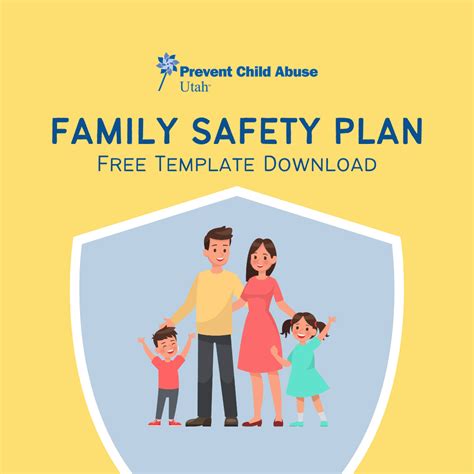
Let’s face it: protecting your family is the most important job you’ll ever have. It’s a constant responsibility, requiring planning and proactive measures. While you can’t control everything, you can significantly reduce risks and create a safer environment for your loved ones.
This isn’t about paranoia; it’s about being prepared and taking sensible steps to safeguard your most precious assets – your family. This guide will walk you through seven foolproof security plans, breaking down practical strategies and actionable advice to implement today.
1. Home Security Fortress: Strengthening Your First Line of Defense
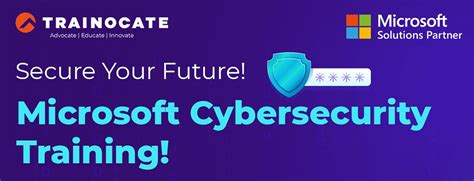
Your home should be a sanctuary, a place where your family feels safe and secure. Therefore, investing in robust home security is paramount.
-
Upgrade Your Door and Window Locks: Invest in sturdy deadbolt locks, reinforced door frames, and window latches (avoid flimsy designs).
-
Consider a Security System: Explore the world of professional monitoring systems or DIY options like motion sensors, door/window alarms, and security cameras.
- Pro Tip: Strategically place cameras – covering entry points, blind spots, and areas containing valuable items.
-
Shield Your Privacy: Consider window film or curtains to deter peeping and provide an additional layer of security.
-
The Importance of a Security Plan:
- Decide on a meeting spot outside your house in case of an emergency.
- Establish a code word for family members to alert each other of danger.
- Teach children about safe practices: never open the door to strangers, what to do if they feel unsafe, and how to call for help.
2. Tech Savvy Shield: Leveraging Technology for Peace of Mind

Technology can be a powerful ally in safeguarding your family.
-
Smart Home Integration:
- Use smart locks to control access remotely and monitor entry/exit activity.
- Integrate motion sensors with lights to deter potential intruders.
-
Safety Apps: Download apps that allow you to track family members’ locations, set up geofences to receive alerts when loved ones arrive or depart specific locations, and communicate quickly in emergencies.
-
Digital Footprint Management: Teach children about online safety: privacy settings, avoiding sharing personal information online, and recognizing potential dangers.
3. Cyber Security: Protecting Your Digital Lives
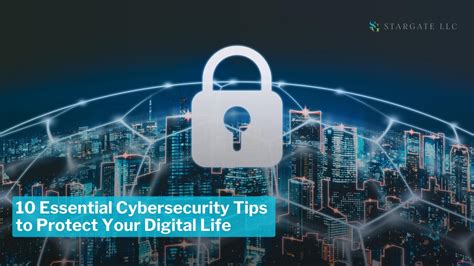
Beyond physical safety, protecting your digital lives is crucial in today’s world.
- Strong Passwords: Implement complex passwords with a mix of upper and lowercase letters, numbers, and symbols. Consider using a password manager for easy and secure storage.
- Multi-Factor Authentication: Enable this feature whenever possible to add an extra layer of security to your accounts.
- Be Cautious About Links and Attachments: Avoid clicking on suspicious links or downloading attachments from unknown sources.
- Regular Software Updates: Keep your devices and software updated to patch vulnerabilities that hackers could exploit.
- Privacy Settings: Review privacy settings on social media accounts and other online platforms to limit the information shared publicly.
4. First Aid Knowledge: Empowering Yourself in Emergencies
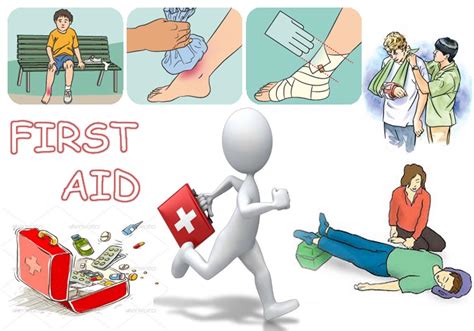
Being prepared for accidents or sudden illnesses can make a world of difference.
-
First Aid Training: Take a certified first aid and CPR course. Knowledge empowers you to act quickly and confidently in emergencies.
-
Well-Stocked First Aid Kit: Assemble a comprehensive kit with essential items: bandages, antiseptic, pain relievers, antihistamines, and any medications your family regularly uses.
-
Emergency Contacts: Create a list of essential contact numbers: doctors, hospitals, poison control, and trusted neighbors. Keep it readily accessible.
5. Travel Safety Strategies: Protecting Your Family On-The-Go

Whether it’s a weekend trip or a family vacation, mindful planning ensures a safer experience.
-
Share Your Itinerary:
- Let someone you trust know your travel plans, including accommodation details and expected arrival/departure times.
-
Secure Your Belongings: Use TSA-approved locks on luggage, keep valuables close, and be aware of pickpocketing risks in crowded areas.
-
Transportation Safety:
- Opt for reputable transportation services, and research safe routes. Stay aware of your surroundings, especially during late hours.
- If renting a car, ensure it’s in good condition and familiarize yourself with the local traffic laws.
- Stay Connected: Keep your phone charged and have access to a reliable way to communicate.
6. Personal Safety Awareness: Cultivating Preparedness Everyday
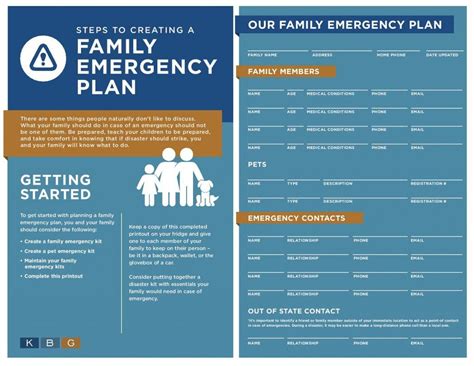
Personal Safety Tips for All Family Members:

-
Be Aware of Surroundings: Encourage mindfulness: paying attention to people and activities around them.
-
Walk Confidently: Projecting confidence can deter potential attackers. Walk with purpose, even in unfamiliar areas.
-
Trust Your Instincts: If a situation feels uncomfortable or unsafe, remove yourself from it and seek help.
-
Budgeting for Protection: Realistically, self-defense classes can be expensive, but even free courses online about awareness and de-escalation can be helpful.
7. Open Communication: Building a Foundation of Trust and Security

- Create a Safe Space: Encourage open dialogue about safety concerns, fears, and potential risks.
- Family Meetings: Hold regular family meetings to discuss safety plans, review procedures, and address any questions or anxieties.
- Role-Playing: Engage in role-playing scenarios to practice emergency responses and communication strategies.
Remember:
- Safety is a collective effort.
- Consistency and open communication are key to creating a secure and resilient family.
FAQ
-
Q: What types of security threats do these plans address? A: These plans address a variety of threats, including burglary, fire, natural disasters, medical emergencies, cyber threats, identity theft, and online safety.
-
Q: Are these plans suitable for families of all sizes? A: Yes, these plans can be adapted to fit families of all sizes, from single-parent households to large extended families.
-
Q: How much time and effort do I need to invest in creating these plans? A: Creating these plans requires a dedicated block of time, but the investment pays off in peace of mind. Expect to spend several hours gathering information, discussing options, and putting plans into action.
-
Q: Do I need to hire professionals to implement these plans? A: While professional assistance is always an option, many aspects of these plans can be implemented independently.
-
Q: Can these plans be updated as my family’s needs change? A: Absolutely! Family circumstances evolve, so these plans should be reviewed and updated regularly, especially after major life changes.
-
Q: What are some examples of specific actions families can take to enhance their security? A: Examples include installing security systems, creating emergency contact lists, practicing fire drills, securing online accounts, teaching children about online safety, and establishing communication protocols.
-
Q: Where can I find additional resources for creating comprehensive family security plans? A: Resources include government websites, reputable security organizations, parenting books, and online forums.



